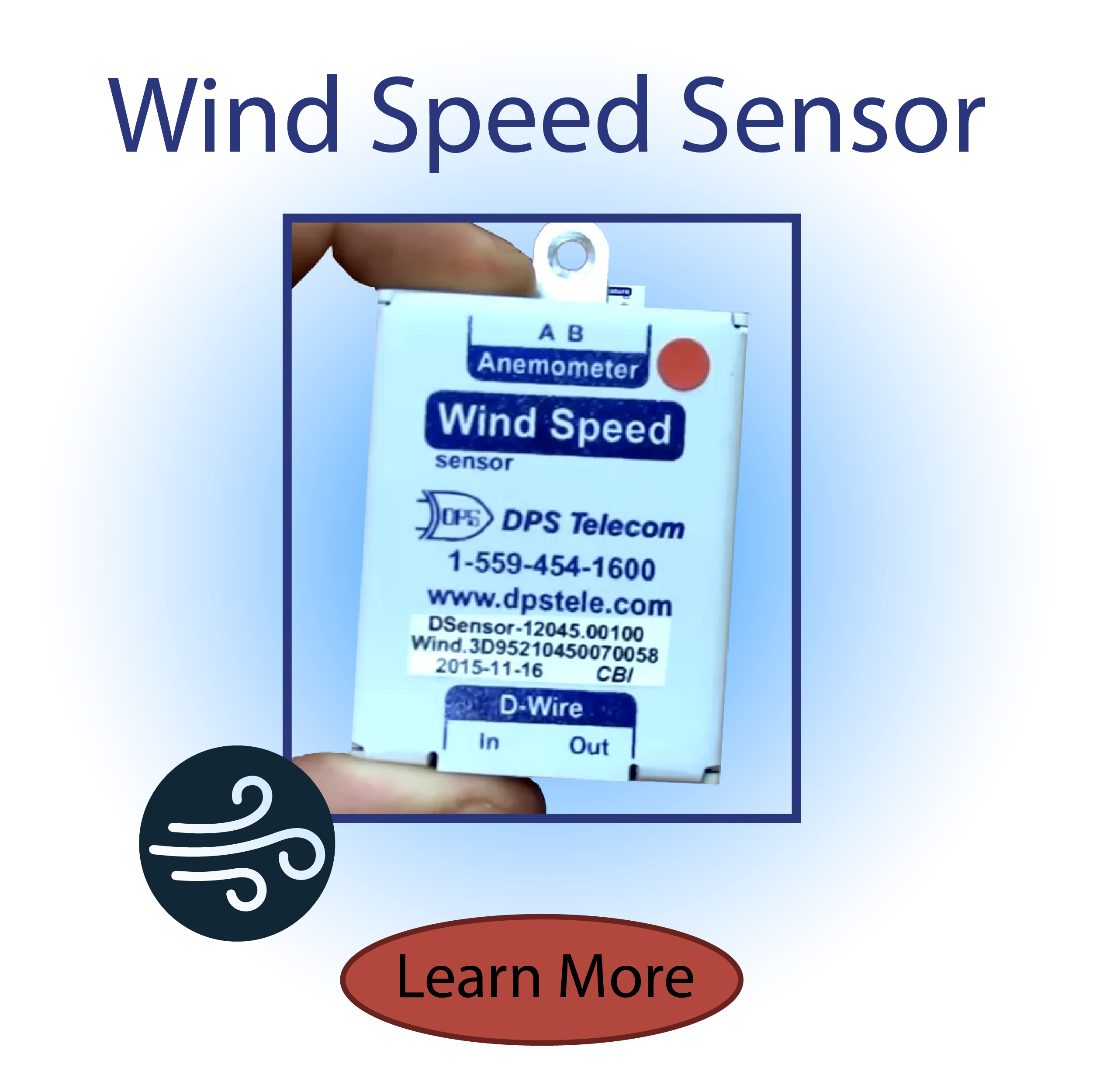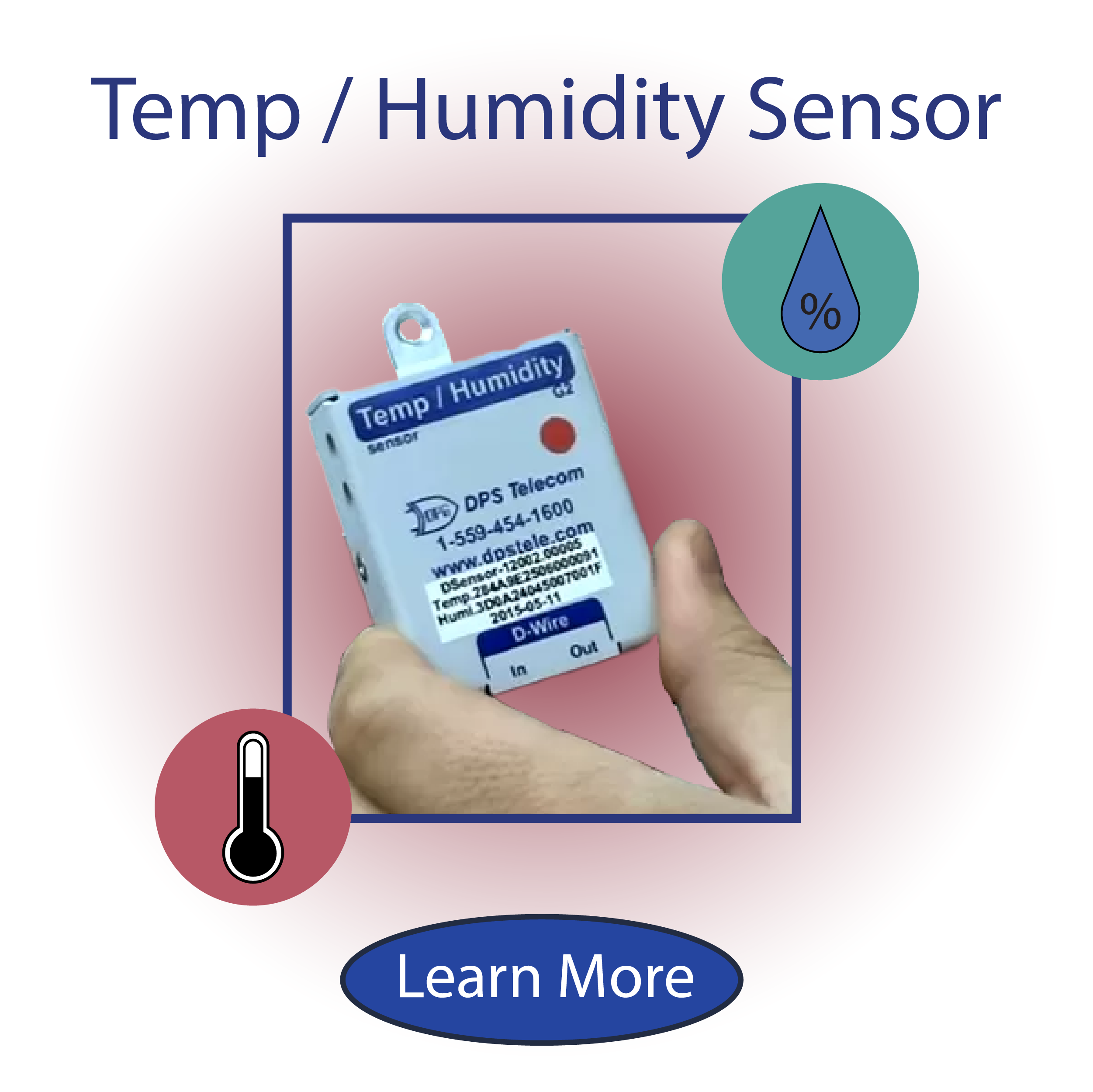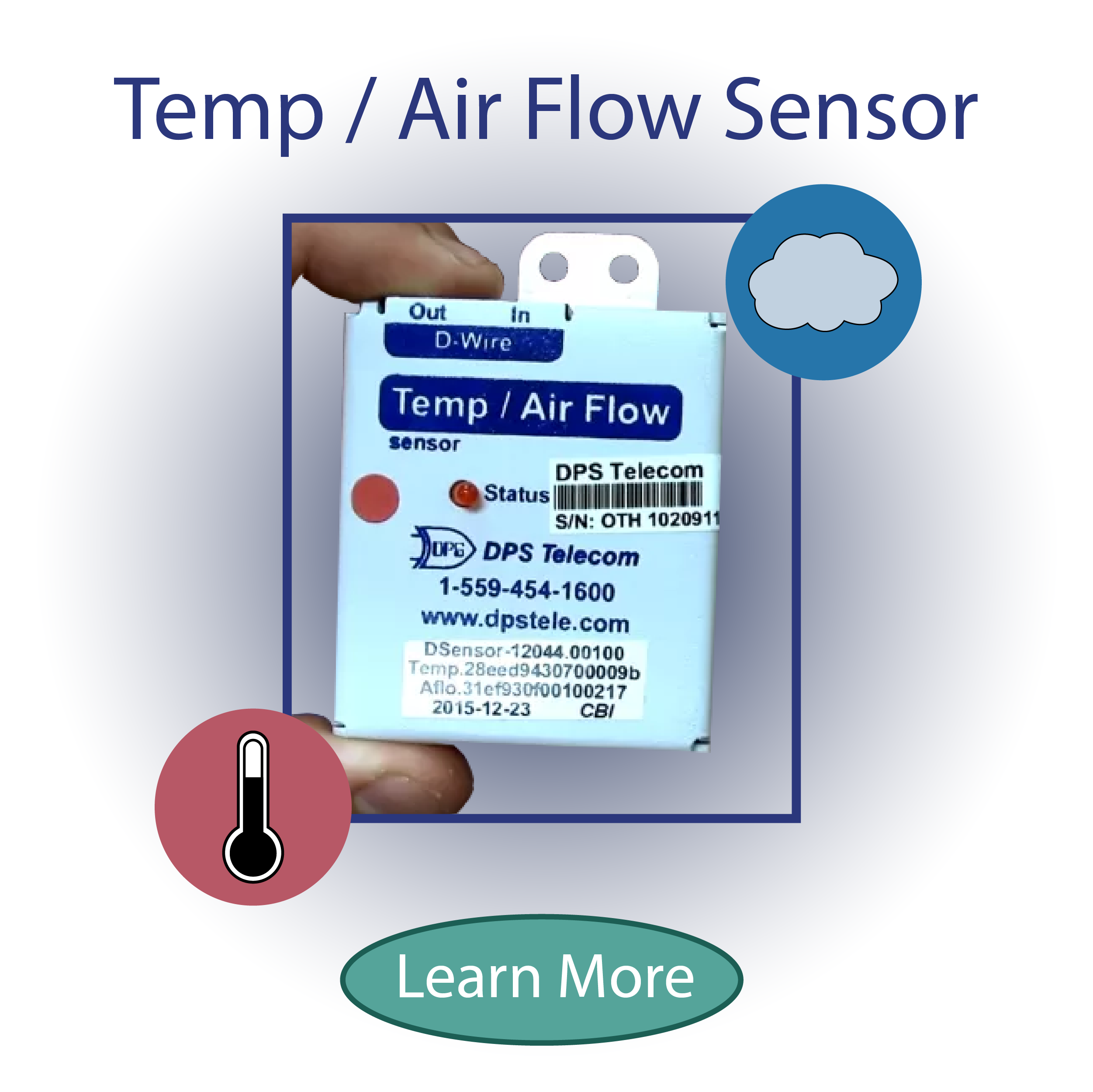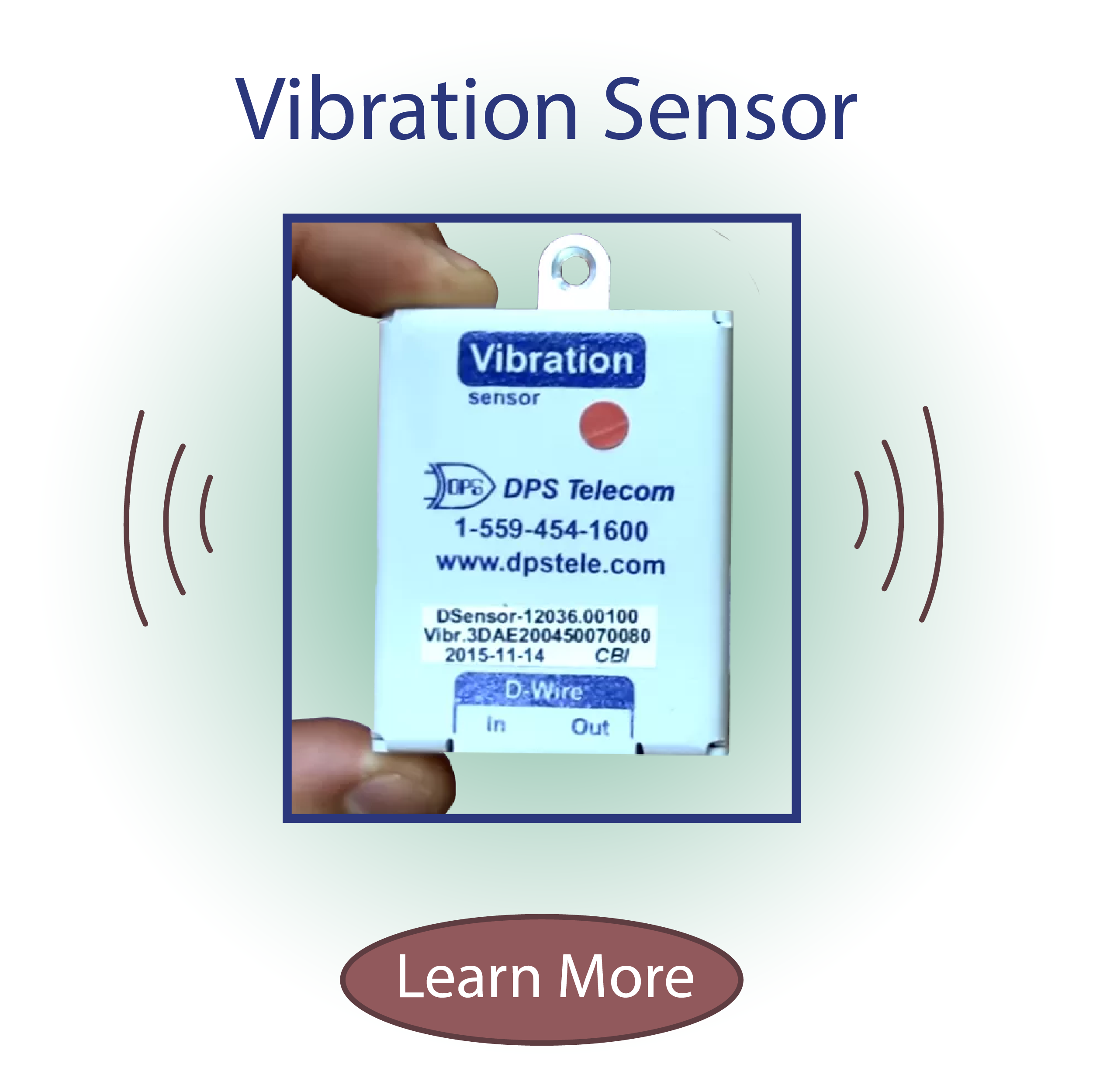Check out our White Paper Series!
A complete library of helpful advice and survival guides for every aspect of system monitoring and control.
1-800-693-0351
Have a specific question? Ask our team of expert engineers and get a specific answer!
Sign up for the next DPS Factory Training!

Whether you're new to our equipment or you've used it for years, DPS factory training is the best way to get more from your monitoring.
Reserve Your Seat TodayAn important aspect of using RTUs (remote telemetry units) for monitoring is the collecting and reporting of data from your remote sites. Your monitoring system needs a way to collect this data and report it to you in a useful way.
Without a data collection system, an RTU would be nearly pointless. When you use multiple sensors with an RTU that collects and transmits information for you, you create an effective system to get substantial information about your equipment, transport gear, and environmental conditions.
Let's take a minute to look at the main categories and types of sensors, as well as some of the most cost-effective sensors available at DPS.
Sensors used in network monitoring can be categorized under two major types:
Discrete Sensors
Discrete sensors collect digital information in the form of "on" or "off" values. Usually, discrete sensors are used for monitoring doors, tower lights, communication equipment, and any other type of on/off data you need to monitor.
Analog Sensors
Analog sensors collect live values from environmental conditions. After that, this information is reported to you as a real value, instead of just on/off values. Due to this ability to present more accurate and precise information, analog sensors are typically used to monitor things like temperature, battery voltage, and current. Also, with our RTUs having the functionality of establishing high/low thresholds, you can receive a notification whenever the sensor detects that the alarm point crosses a set threshold.

The best sensors to use for your network will ultimately depend on exactly what you want to monitor. However, there are some commonly used sensors that help monitor critical conditions to deliver a more reliable level of uptime. They are:
Temperature Sensors
Analog temperature sensors allow you to monitor fluctuating sensor levels at your remote sites. Accurate, real-time values mean there's no guessing involved. You can watch the temperature trend to see if it's slowly rising - telling you that there may be something happening at your remote site. This lets you react before your gear starts powering down (to prevent damage because it's overheated).
Motion Sensors
The most important element of monitoring physical site security is being able to detect intruders or any other unwanted visitors. Motion sensors will give you instant alerts so you're able to respond to intruders. With an RTU, motion sensors allow functionality like turning on a light or sending an intrusion notification when movement is detected within its field of vision. Potential points of entry should be protected by motion sensors.
Door Sensors
Even if you've never had to deal with theft or vandalism before, you'll agree that your unmanned sites located in the middle of nowhere are vulnerable. Door sensors keep your important network equipment secure - you'll receive instant notifications if someone tries to gain unauthorized access to any of your sites, or if an employee enters when they're not supposed to.
Power Failure Sensors
The main damage caused by an outage is evident: if commercial power fails and you don't have a backup power supply, the site is eventually going to go dark - which means you'll have to deal with downtime. A power failure sensor will send your RTU the data it needs so it knows when to send alarms whenever power is disrupted for a specified amount of time.
Voltage/Current Sensors
If you rely on batteries anywhere in your network, then you probably want to know if they're outputting power. The last thing you want is for commercial power to fail, only to find out that there's something wrong with your backup batteries as well. You can avoid this entire issue by simply monitoring battery voltage or current.
Propane Tank Sensors
Monitoring your propane tanks can save you the hassle of running out of fuel. Depending on how much propane you use, you'll have multiple options for how thorough you need to monitor your propane levels. A floating sensor that gauges low levels may be all you need, or an advanced gauge that reports live values may be more fitting - it all depends on the visibility you need at your site.
Smoke Sensors
Smoke sensors are critical safety devices used in every single home - your remote site shouldn't be an exception. There are a number of ways a fire could start a site: overheated equipment, electrical short, and wildfires are just a few examples. You can't really control when a fire starts, but smoke detecting sensors are an extra measure that can give you time to respond to an extremely time-sensitive situation.

With a variety of sensors available for your monitoring system, you can collect data for all of the important conditions throughout your network.
I know that sometimes justifying the costs of remote monitoring your sites to management is hard, or you simply have a tight budget, so purchasing cheap sensors might be what you have to do. However, keep in mind that not all monitoring systems can get the job done. Using weak sensors will give a false sense of security. Don't waste your money with devices that will lead you to think that your network is being monitored properly, when in reality it's still at risk.
Keep in mind that a single prevented incident will pay for just about any monitoring sensor several times over. Don't overlook reliability.
In order to have reliable sensors while on a budget, you should look not only for the cheapest options but the ones that are the most cost-effective.
Before we get started, it's important to know the principal point that will make the difference between a cheap sensor and a more expensive one: what you want to monitor. The more complex your monitoring requirements are, the more expensive the sensors will get.
Temperature sensors will be the cheapest ones you're able to buy. The D-Wire Temperature sensor can cost as little as $35.
If you already have our NetGuardian remotes (or are planning to purchase them), going with our sensors will make your life much easier due to their plug-and-play design. Each D-Wire sensor is uniquely identifiable by the RTU. It can sense the unit as well as distinguish what type of device it is. This means that, if a sensor becomes unplugged, the NetGuardian will alert you that you have an offline sensor before temperatures can reach catastrophic levels, saving your temperature sensitive equipment from damage.
Through the RTU's web interface, you can set up threshold values and monitor each sensor quickly and easily. These are the steps for setting up D-Wire sensors:
We also have a version of the D-Wire Temperature sensor with an additional LED, which gives you a visual notification on the sensor. Much like the standard Temperature sensor, this device will monitor live-analog values and will report temperatures within one degree F of the actual value. The cheapest option for this type of sensor is $83.
Combination sensors are an awesome, cost-effective way to monitor more than one aspect at your remote sites.
An example of that is the D-Wire Temperature and Humidity combination sensor. As the name suggests, with this sensor your NetGuardian will be able to get temperature and humidity data. This device can accurately report the live-analog values for temperature (+/- 2 degrees F) and humidity (+/- 4% RH). These sensors can be as cheap as $86.

While our temperature sensors are necessary, sometimes - depending on what you need to monitor - they don't tell you the whole story. You can place a Temperature/Air Flow D-Wire combination sensor in front of a vent, this sensor measures the rate at which air is being pushed out of your HVAC unit. A decrease in this rate indicates that your filters need to be replaced. It can also alert you to any other flow problem with your HVAC unit before your site overheats and goes down. They're priced as low as $125.

We offer motion sensors that can monitor motion within a user-specified field of vision. Motion detection ranges from 3m-6m, powered by 12 to 28 VDC, and at sites with 110 VAC power, a +24 VDC wall-transformer is available. This sensor can also be integrated with our Building Access System to provide automatic exit tracking and intrusion notifications.
Another option is the water-resistant Interior/Exterior Motion sensor with Advanced ASIC Technology. It focuses on intruders and ignores cats, mice, birds and insects for virtually no false alarms. Ideal for triggering DPS' SiteMON IP camera.
The price for motion sensors start at only $98.
DPS' Door Sensor (Surface Mount) is a closed loop magnetic contact sensor. It consists of magnet and contact. It has a gap distance of 5/8". This sensor also includes a screw kit for mounting hardware. It a very simple design and costs just a few dollars.
We also have the Magnetic Sensor for Overhead Doors. This is a floor-mounted magnetic sensor for overhead/hatch doors. It uses an 18" stainless steel armored cable, and its loop type is closed. This sensor costs $35.
Another good option is the Magnetic Sensor for Panel Doors. This magnetic sensor is typically used on roll-up/garage doors. Uses 2' stainless steel armored cable. It has a wide operating gap distance. The contact is directly connected to the door channel. You can get this sensor for $56.
If you want to keep an eye on your 110 VAC circuit, the Power Out Alert Sensor is a good option for you. When power is interrupted for three to eight consecutive minutes, the sensor outputs a contact closure. We have this sensor at $77.
If you need to monitor currents, the Current Sensor is a cost-effective option for you. It measures AC and DC currents and isolates sensor output from the conductor. It outputs 4 to 20 mA, and it has user-selectable Amp scales. Its split core design allows this sensor to be placed around cable without interrupting the operation. It's truly great for motor drives, UPS systems, battery chargers, current sensor power supplies, and as a replacement for shunts. The price for this sensor starts at $215.
If you need a current sensor for 0 to 150 Amp AC, we also carry this option. The AC Current Sensor with Signal Conditioner outputs a normally-closed relay. It provides electrical isolation between the output of the sensor and the current carrying conductor. It's ideal for conveyors, lighting circuits, and electric heaters. Another bonus is that it's self-powered and features adjustable threshold levels. You can find this sensor for $196.
One of the best efficient and budget friendly propane sensors from DPS is the Hall Effect Liquid Propane Gas Sensor with Potting Cap. Magnetically driven, the Hall Effect LPG sensor outputs voltage. Signals from the floating mechanism inside the tank are transmitted through a solid, non-magnetic bulkhead without the necessity of dynamic seals or pressure-type conductors. This sensor is priced at $125.

Our photoelectric smoke detector with heat sensor uses pulsed infrared diodes to eliminate false alarms caused by dust, insects, FR, and ambient light. Its integrated heat detector triggers alarms at temperatures above 135° F, or at temperatures above 105° F with a rise-rate of 15° F per minute. Either heat detector or smoke detector can trip and latch LED and alarm relay outputs. These sensors can be powered by either 12 VDC or 24 VDC.
The most affordable option for smoke sensors from DPS start at $108.
Do you need to monitor anything else or simply want to explore more monitoring options? Here are some other sensors you can talk to us about:
Water Sensor and Controller
The Water Sensor and Controller is a bundle that provides a discrete contact closure when water is detected. This sensor won't trigger an alarm due to condensation or high humidity. It supports N/O and N/C alarm contacts. It can be powered by 8 to 28 VAC or DC. The price for the bundle is $90 or you can get only the sensor for $38.
Push-to-Exit Button
The Push-to-Exit Button is mounted to a wall to provide a signal to release the door latch for an authorized exit. Simply push the exit button that may be illuminated by providing 12V. It's priced at $65.
Glass Break Sensor
Our Glass Break Sensor is triggered by the sound of breaking glass. It's ideal for rooms with many windows. It can cover 25 ft. radius if mounted on the ceiling, and 45 ft. radius when mounted on a wall. You can buy this sensor for $73.
Discrete Hydrogen Gas Sensor
The Discrete Hydrogen Gas Sensor features a discrete N/O dry contact closure that sets an alarm relay set at 10% of the Lower Explosive Level. This sensor has an easy installation and setup with no maintenance or recalibration required. It's priced at $350.
Discrete Liquid Level Sensor
The Discrete Liquid Level Sensor provides a discrete contact closure when liquid levels fall below parameters. It contains a dry reed switch encapsulated within a stem. This sensor can operate at a maximum temperature of 105° C and a maximum pressure of 150 PSI. You'll find it for only $41.

As you can see, there are numerous options of sensors to fit your requirements, so it's normal to feel overwhelmed. That's why we're here to help!
The easiest way to find your perfect-fit solution is talking to us directly for a personalized consultation, simply because we carry many other options of sensors and other devices that could also work for you. We'll narrow your possibilities down to a few good choices, while always providing impartial information so you're positive you're making knowledgeable decisions.
Contact me or my team and let's get your remote monitoring project started.

Andrew Erickson
Andrew Erickson is an Application Engineer at DPS Telecom, a manufacturer of semi-custom remote alarm monitoring systems based in Fresno, California. Andrew brings more than 19 years of experience building site monitoring solutions, developing intuitive user interfaces and documentation, and opt...